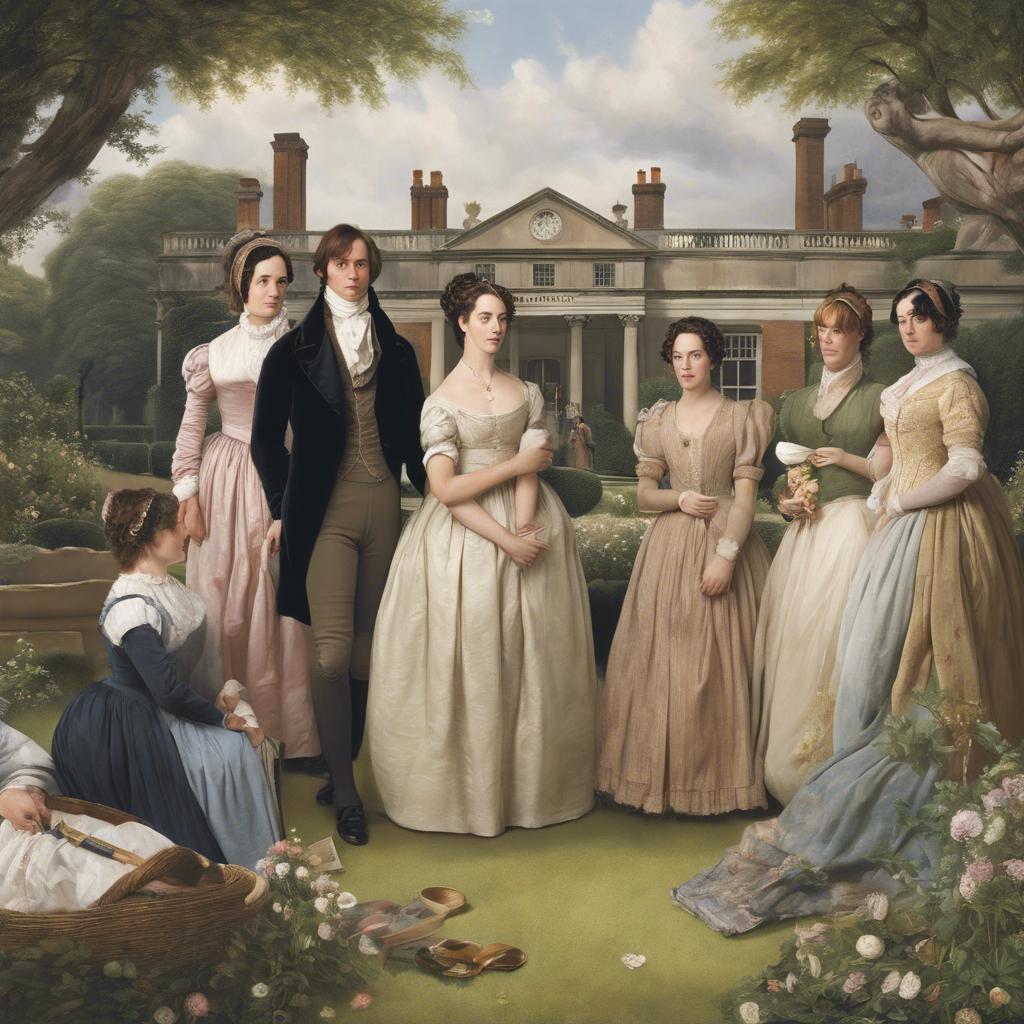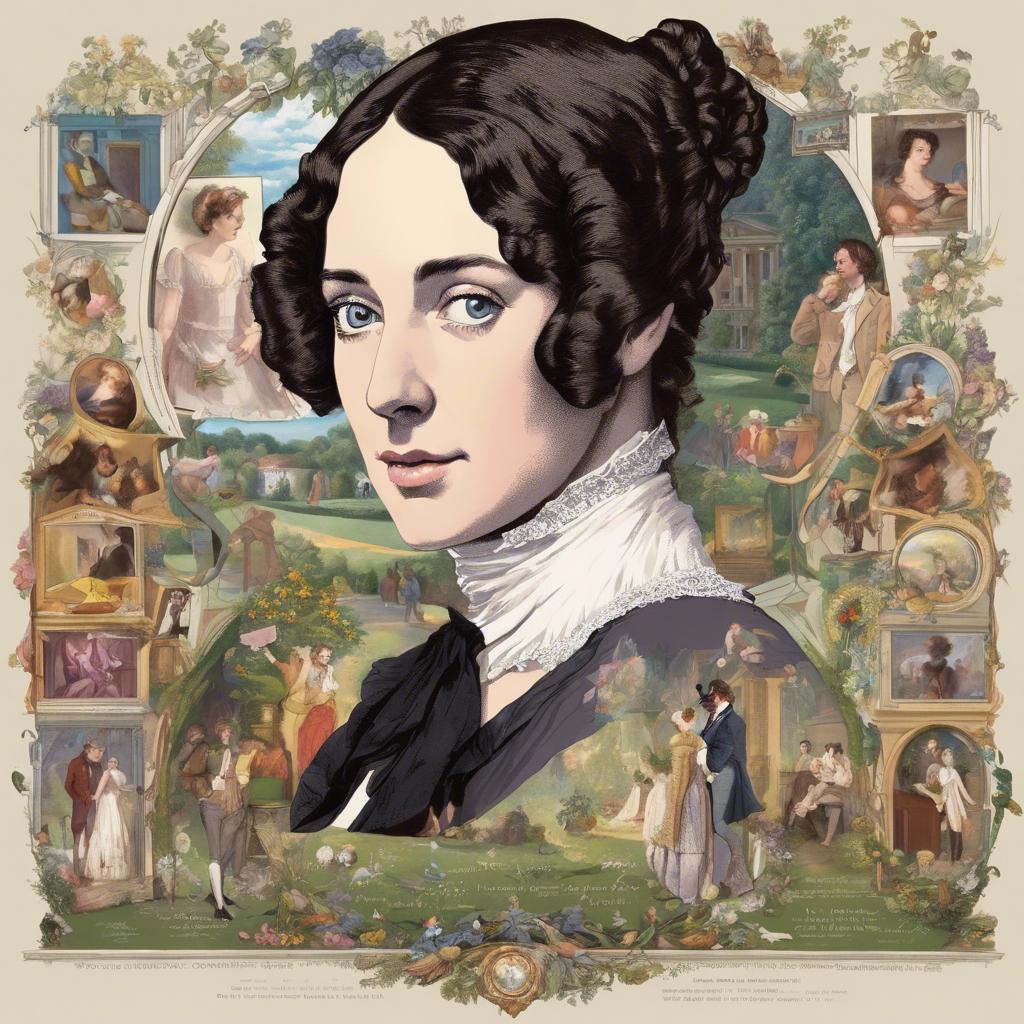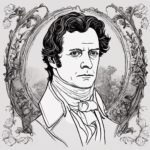In the annals of period drama television, few productions have left as indelible a mark as the acclaimed 1995 adaptation of Jane Austen’s “Pride and Prejudice”. Set against the backdrop of Regency-era England, this iconic series captured the hearts and minds of audiences with its exquisite attention to detail, dynamic character portrayals, and timeless exploration of social norms and expectations. As we delve into the legacy of this beloved adaptation, we uncover the enduring allure of Austen’s masterpiece and the enduring impact of this seminal production on the realm of historical drama.
Step Into the World of Cheryl Bolen
Dive into the enchanting stories of love, intrigue, and elegance set in the Regency Era. Cheryl Bolen's novels offer timeless romance and captivating tales that will leave you wanting more.
Explore Cheryl Bolen's Books Now
Setting the Historical Context of Pride and Prejudice 1995
The historical context of Pride and Prejudice 1995 is crucial in understanding the cultural backdrop against which this iconic adaptation was set. Taking place in the early 19th century, the novel by Jane Austen depicted a society deeply rooted in traditions, social hierarchies, and gender roles. This era was characterized by rigid class structures, limited rights for women, and strict societal expectations.
For viewers of the 1995 adaptation, it is important to recognize the significance of historical events that shaped the world of Pride and Prejudice. During this period, the Napoleonic Wars were ongoing, impacting the political and economic landscape of Europe. This backdrop of conflict and uncertainty influenced character motivations and societal norms depicted in the adaptation.
Moreover, the Regency era, in which the novel is set, was a time of elegance and refinement, marked by lavish balls, intricate social rituals, and elaborate fashions. The 1995 adaptation beautifully captures the opulence and sophistication of this period, transporting viewers back in time to experience the charm and grandeur of Regency England.
Analyzing the Authenticity of Costumes and Set Designs
In examining the authenticity of the costumes and set designs in the 1995 adaptation of “Pride and Prejudice,” one cannot help but be transported back to the Regency era. The attention to detail in the clothing worn by the characters is truly remarkable. From the elaborate gowns of the wealthy elite to the simple dresses of the working class, each costume is meticulously crafted to accurately reflect the social status and personality of the wearer.
Furthermore, the set designs in “Pride and Prejudice” are equally impressive in their historical accuracy. The grand ballrooms, elegant drawing rooms, and sprawling estates all capture the opulence and grandeur of the era. Whether it is the cluttered study of Mr. Bennet or the refined interiors of Pemberley, every set serves to immerse the viewer in the world of Jane Austen’s novel.
the authenticity of the costumes and set designs in “Pride and Prejudice” not only enhances the visual appeal of the film but also helps to transport audiences back in time to the world of Jane Austen. Through meticulous attention to detail and historical accuracy, the production team has successfully brought the Regency era to life on screen, providing viewers with a truly immersive and captivating cinematic experience.
Exploring the Impact of Casting Choices on Character Development
One of the most iconic adaptations of Jane Austen’s “Pride and Prejudice” is the 1995 mini-series. The casting choices in this production had a profound impact on the development of the characters, bringing them to life in a way that resonated with audiences around the world.
Elizabeth Bennet: Jennifer Ehle’s portrayal of Elizabeth Bennet was refreshingly independent and spirited, capturing the character’s intelligence and wit. Her chemistry with Colin Firth’s Mr. Darcy was palpable, adding depth to their complex relationship.
Mr. Darcy: Colin Firth’s stoic yet vulnerable Mr. Darcy became the blueprint for future interpretations of the character. His brooding demeanor and eventual transformation endeared him to viewers, making him one of the most beloved romantic heroes in literary history.
Recommendations for Viewing: Embracing the Timeless Themes of Love and Social Class
Step back in time to the Regency era with the timeless classic “Pride and Prejudice” from 1995. This adaptation beautifully captures the intricate dance between love and social class, as seen through the eyes of the Bennet sisters and the wealthy Mr. Darcy.
Immerse yourself in the lavish ballrooms and sprawling estates of Georgian England as you follow the romantic misadventures of Elizabeth Bennet and her sisters. Witness the complexities of societal expectations and personal desires as they collide in a whirlwind of emotions.
With its stellar performances, stunning costumes, and captivating storyline, “Pride and Prejudice” is a must-watch for anyone who appreciates the beauty of a well-crafted period drama. Let yourself be swept away by the enchanting world of Jane Austen, where love knows no bounds, and social class is both a barrier and a bridge.
Key Takeaways
the 1995 adaptation of “Pride and Prejudice” stands as a timeless rendition of Jane Austen’s beloved novel, capturing the essence of Regency-era England with its attention to detail, stellar performances, and stunning cinematography. This adaptation continues to enchant audiences with its portrayal of love, society, and personal growth in a time of societal conventions and expectations. As we reflect on the enduring legacy of “Pride and Prejudice”, let us continue to appreciate the enduring themes and characters that continue to resonate with audiences today.


